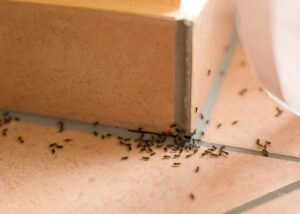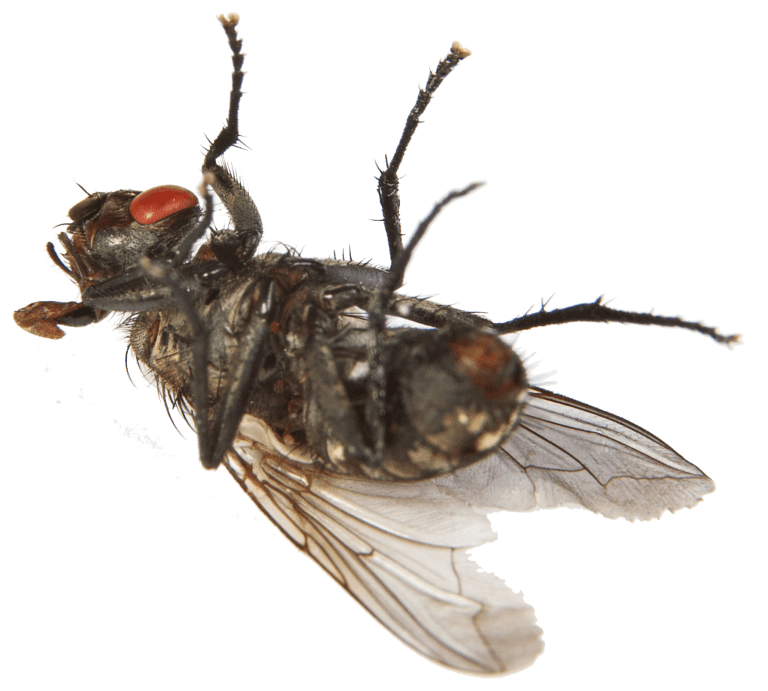Do you often hear clicking sounds coming from the walls of your home? Do you happen to see little piles of wings in the corners of the rooms at your house? Watch out because these are only a couple of signs you have termites in your home.
There is no doubt that one of your largest investments is your house. If you’ve got termites, you must prevent these voracious wood eaters from damaging it further. Whether it’s getting a no-tent termite treatment or another termite control option, you need to act as soon as possible.
One of the methods of eliminating them is to tent and seal up the entire house. However, homeowners must vacate the property until all the harmful pesticide disperses. If you want a much more convenient method, the no-tent termite control treatment is always available.
Keep reading for more information on this type of termite treatment.
1. What Is the No-Tent Termite Treatment?
Compared to fumigation, the no tent termite treatment doesn’t need a tent to tackle the problem. It includes many effective alternatives to tenting. Different alternatives will work depending on which termite species you are dealing with.
One of these alternatives for the tent termite treatment is heat treatment. This treatment works against dry wood termites only. In essence, the exterminators will still cover your house up with a kind of tent.
However, the tent they will use for heat treatment is a special kind that can keep the hot air in. They will then use machines to heat the air up within the house, including wood. Drywood termites cannot stand temperatures as high as 140 degrees Fahrenheit.
Direct wood treatment tackles the problem in a straightforward approach. Instead of treating the wood, you replace or remove it along with the termite colony. The problem here is that there is no guarantee that the new wood won’t get infected again.
The use of orange oil seems like a cheaper and hassle-free alternative. While it does kill some termites, it isn’t as effective for subterranean termites even in high concentration. It may seem less harmful to people but its problem lies in its reduced effectiveness.
One more termite treatment without tenting is to reduce moisture. This method doesn’t use chemical treatments to eradicate damp wood termites. You only need to locate and then remove any sources of moisture in the home.
2. Is Tenting for Termites Necessary?
Many American homes and establishments suffer from termite infestation. In the United States, termites cause damage to about 600,000 households every year. While it isn’t always necessary to exterminate termites in your home, it may be for some cases.
Treating termites without tenting is often used for smaller infestation problems. You could fix the problem with the methods of no-tent termite treatment. However, if the infestation is much more extensive, you will need to use tents.
3. What Are the Benefits of No-Tent Termite Treatment?
People with termite-infested homes prefer no-tent termite treatment. This is because it has a lot of great benefits compared to the tent termite treatments. One big advantage is that it is a very convenient and hassle-free way to remove termites.
For one, you don’t have to move out of your home and find a temporary living space. Termite heat treatment can take less than a day to finish. Methods like the direct wood replacement method allow isolation of the infested area.
Also, it won’t be necessary for you to remove plants or pets from your home. Removal of uncanned foods, cosmetics, or medication isn’t needed either. The treatment allows you to continue with your daily tasks without hassle.
It doesn’t present possible damage to your property like roof or landscaping damage. Your satellites and antennas stay untouched as well as your shrubs. All that is necessary is the application of the treatment.
It may seem like an easy job but it would still be wise to consider professional pest control services.
4. What Are Its Drawbacks?
This type of treatment has its disadvantages as well. No matter the thoroughness of the application, it isn’t as effective as fumigating. The no-tent termite treatment could leave out crucial spots of infestation.
This allows termites to hide away in those untouched areas. Later, they could return to cause more damage to your home. You end up having to pay for more pest exterminations than you planned.
Injections for the direct wood treatment method aren’t 100% guaranteed either. They won’t be able to penetrate deep into the wood. In the direct wood treatment method, you also need to drill holes into the infested areas.
5. How Much Does This Termite Treatment Cost?
Pest control services could cost you between $108 and $262. The price depends on the pests and the damage they caused. However, wood-destroying insects like termites could cost you thousands of dollars’ worth of structural damage.
The no tent termite treatments cost much more than average pest control services. For a home about 1250 square feet, you pay $1350-$2500 for the extermination and restoration. A 2500-square feet home’s extermination and repairs could cost between $1700 and $3200.
The termite treatment costs less but it’s still more expensive than the average pest control. Some treatments against termites cost more while others are more affordable. For example, the liquid treatment of an existing subterranean termite colony could cost $3-$4 per linear foot.
There are many factors to consider when you’re dealing with a termite infestation. Factors to consider include area size, termite species, and how bad the infestation. It won’t be a bad idea to consider preventive termite treatments as well.
Start Exterminating Those Pesky Termites
That’s it for our guide on no-tent termite treatment. No-tent termite treatments allow for a hassle-free experience. However, remember that they also have crucial flaws like not penetrating the wood deep enough.
Do you have termites in your home right now? Are you in need of expert help to get rid of them? Get in touch now and schedule an appointment.





